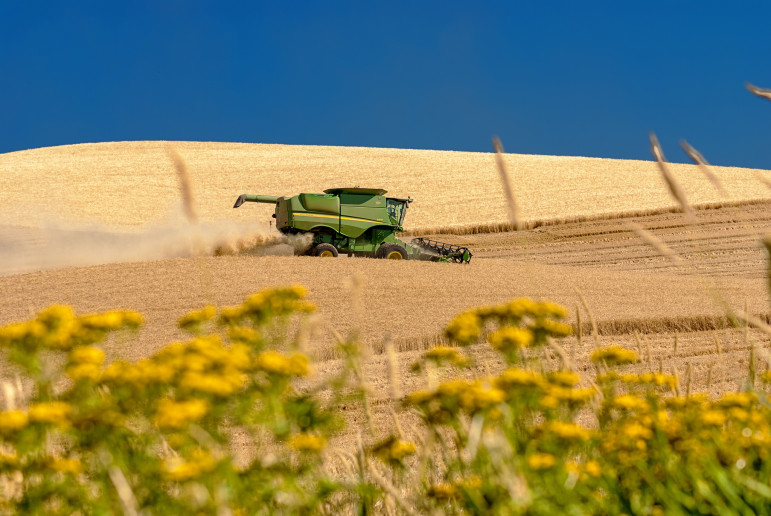Lakota Lead Native Americans, Ranchers and Farmers in Fight Against Dakota Access Pipeline
Author: Jason Coppola
Amidst the cries of “protect our water, protect our land, protect our peoples,” Native Americans, ranchers and farmers are standing their ground along a highway in North Dakota. They are blocking the crews of Energy Transfer Partners — a Dallas-based company whose workers are protected by both police and armed, private security personnel — from accessing the site of the construction of the Dakota Access Pipeline.
The roughly 1,200-mile-long pipeline would transfer about a half million barrels of oil a day from North Dakota to Illinois. Opponents of its construction worry that a leak or rupture would spell disaster for not only the Standing Rock Indian Reservation, but for all communities along the Missouri River that depend on it for drinking and agriculture.
At least 10 arrests have been made. Morton County Sheriff Kyle Kirchmeier told the Bismarck Tribune that those arrested “were not staying within bounds set by law enforcement and getting in the way of surveyors working on the pipeline.” The arrests included a pediatrician and a grandmother who allegedly crossed the highway to check on a buffalo pasture.
As reported by Truthout in May of this year, Lakota youth, protesting the proposed construction of the pipeline, began a relay race from their Spirit Camp in Cannonball, North Dakota, to the office of the Army Corps of Engineers in Omaha, Nebraska, to deliver a petition against the pipeline. The Corps later decided to grant the necessary permits and green light the pipeline’s construction.


